Cover Letter Example Guide Overview
Crafting a compelling cover letter is a crucial step in any job application process. A well-written cover letter acts as your personal introduction, showcasing your personality, skills, and enthusiasm for the specific role. This guide provides comprehensive insights into creating a standout cover letter example, helping you make a memorable first impression and increase your chances of landing an interview. We will explore the core elements, offer industry-specific examples, and highlight common pitfalls to avoid, ensuring your cover letter shines. Learning how to write a cover letter example can dramatically increase your chances of success in the job market, so let’s get started.
Understanding the Purpose of a Cover Letter
What is a Cover Letter?
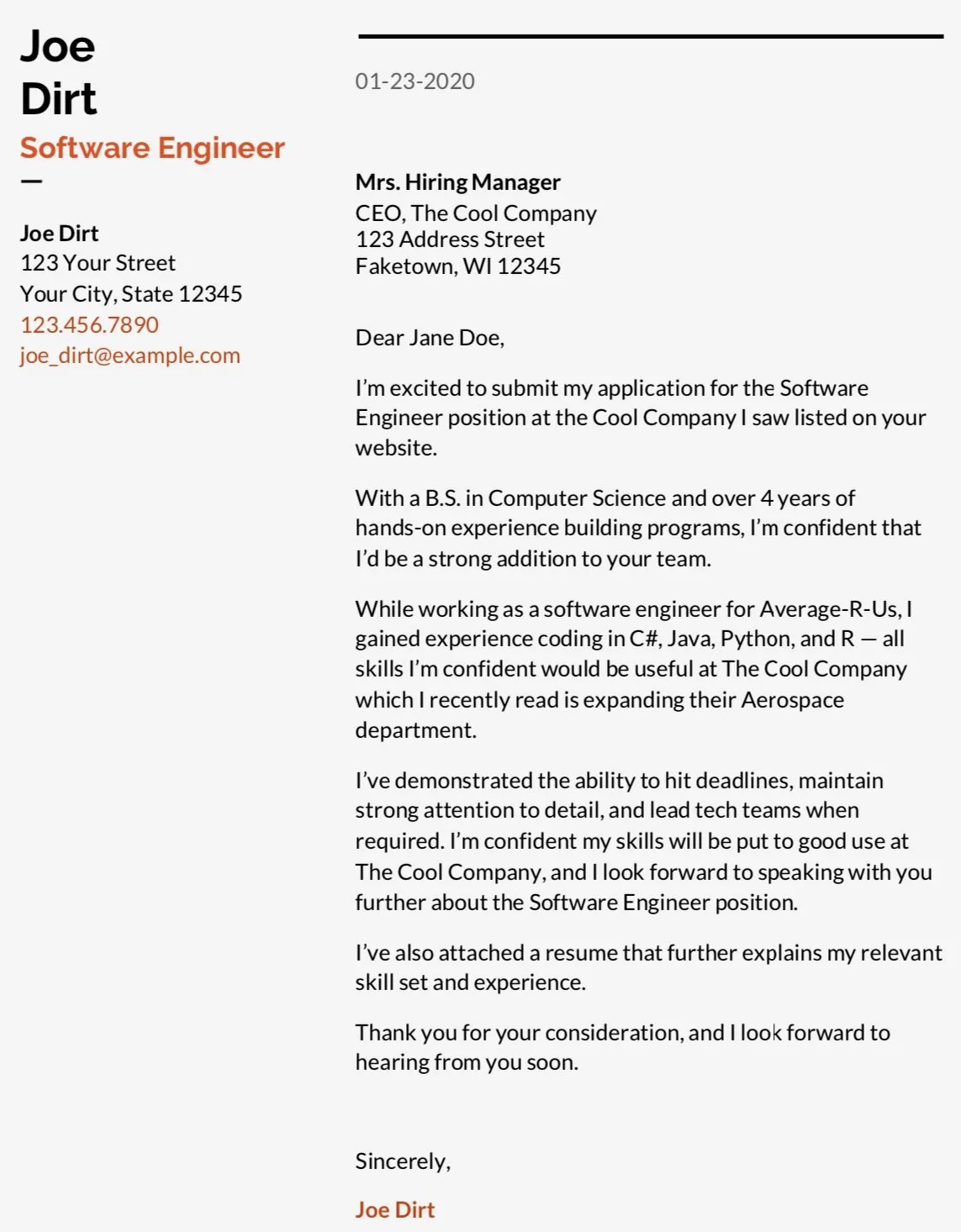
A cover letter is a document you submit alongside your resume when applying for a job. It serves as a narrative that complements your resume, providing context and detail about your qualifications and your interest in the position and the company. It’s an opportunity to showcase your writing skills, express your personality, and explain why you are the perfect fit for the role. Unlike a resume, which is a summary of your experience, a cover letter allows you to tell your story, explaining your career goals and how your skills align with the employer’s needs. The best cover letter example will always be tailored to the specific job and company.
Why is a Cover Letter Important?
A cover letter is important because it is your first real opportunity to make a strong impression. It demonstrates your communication skills, attention to detail, and genuine interest in the role and company. Many employers read cover letters before reviewing resumes, using them as a screening tool to gauge a candidate’s suitability. A well-written cover letter can highlight relevant skills and experiences that might not be immediately apparent in your resume. It allows you to address any gaps in your employment history or explain career transitions. In short, a cover letter is a critical tool that enhances your overall application and increases your chances of securing an interview. A well-crafted cover letter example will always stand out.
Key Components to Include in Your Cover Letter Example
A strong cover letter comprises several key components that work together to create a cohesive and compelling narrative. Each part plays a crucial role in conveying your qualifications and enthusiasm. By including these elements, you’ll create a cover letter that effectively communicates your value to the employer. From your contact information to the professional closing, each section should be carefully crafted to present you in the best possible light. The following sections offer specific guidance on each component, making sure your cover letter is comprehensive and engaging.
Contact Information
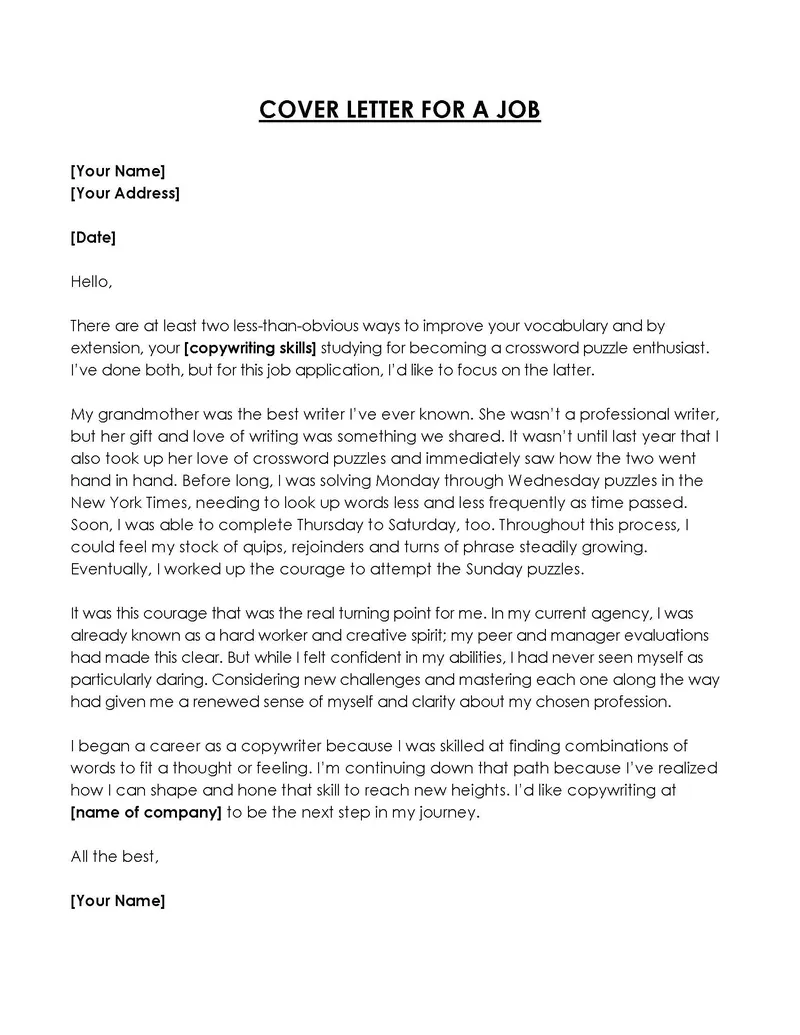
Begin your cover letter with your contact information. This typically includes your full name, address, phone number, and email address. Place this information at the top of the letter, either left-aligned or centered. Make sure your email address is professional. This allows the hiring manager to quickly identify you and easily contact you. Including this information is essential for a professional and efficient application. Ensure all details are accurate, so the employer can easily reach you.
The Greeting
Address the hiring manager directly whenever possible. Research the name of the hiring manager or the specific person who will be reviewing your application. A personalized greeting, such as “Dear Mr./Ms./Mx. [Last Name],” is always preferable to a generic greeting like “To Whom It May Concern.” If you are unable to find a specific name, using “Dear Hiring Manager” is an acceptable alternative. Personalizing the greeting shows that you’ve done your research and are genuinely interested in the opportunity.
Opening Paragraph
The opening paragraph is your chance to grab the reader’s attention. Start by stating the position you are applying for and how you found the job. Briefly mention why you are excited about the opportunity and what makes you a strong candidate. This is your elevator pitch, designed to create interest. Clearly express your enthusiasm for the role. A strong opening paragraph immediately establishes your purpose and encourages the hiring manager to keep reading. Show why you are a great fit and what unique skills you will bring.
Body Paragraphs
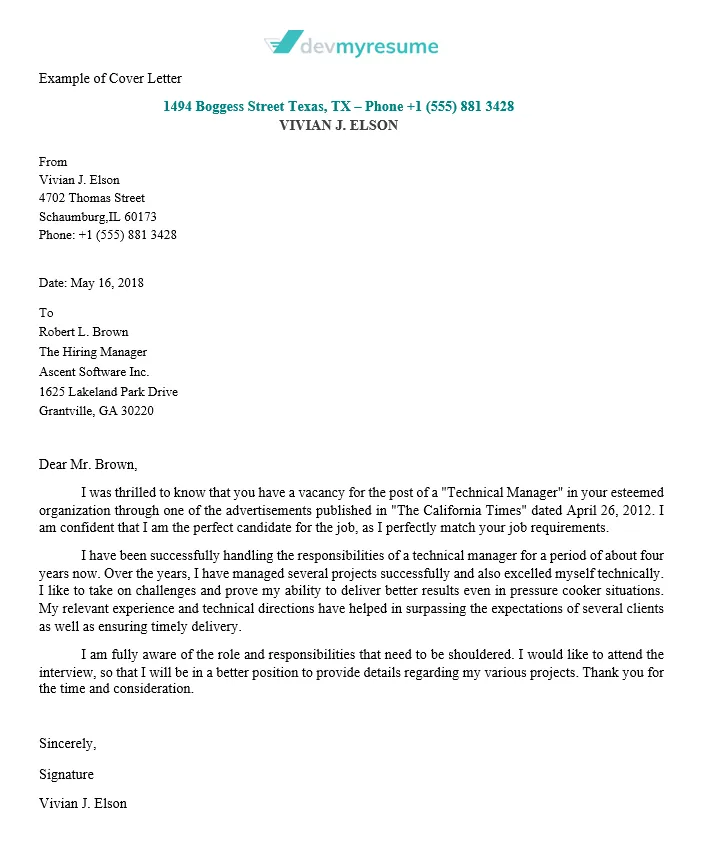
The body paragraphs are the core of your cover letter, where you showcase your skills, experience, and achievements. This section should be focused on highlighting your most relevant qualifications and how they align with the job requirements. The best cover letter example will include two or three paragraphs, each focusing on a different aspect of your qualifications. Use specific examples and quantifiable results to demonstrate your value. Refer back to the job description and use the same keywords. Provide evidence of your skills and experience and tailor your content to reflect what the employer is looking for.
Highlighting Skills and Experience
Detail your skills and experiences that align with the job description. Select the most relevant points and provide specific examples of how you have applied these skills. Showcase how your past experiences have prepared you for this role. Use action verbs to describe your accomplishments. Focus on what you have achieved and the positive impact you have made in previous roles. Connect your skills and experiences with the needs of the employer. Demonstrating your ability to perform the job is a critical component of the cover letter.
Tailoring Your Letter to the Job
Customize your cover letter to the specific job you are applying for. Review the job description carefully and address the key requirements and qualifications mentioned. Use the same language and keywords from the job posting. Tailoring your letter shows the hiring manager that you have taken the time to understand the role and are genuinely interested. Tailoring your cover letter to match the job description proves you are serious about the opportunity.
Quantifying Achievements
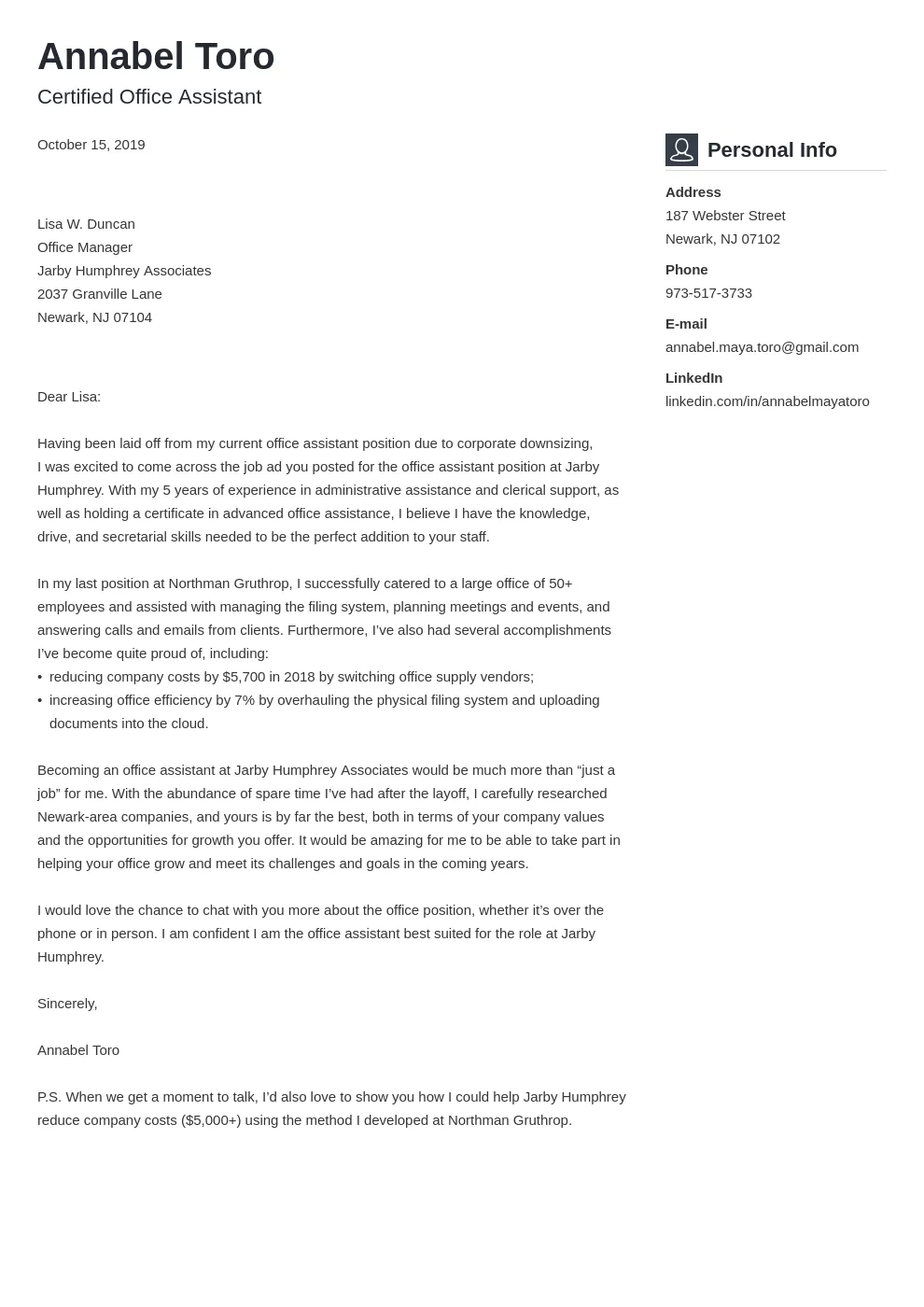
Wherever possible, quantify your achievements with data and metrics. Instead of saying “managed projects,” say “managed projects, resulting in a 15% reduction in costs.” Numbers give your achievements credibility and demonstrate your impact. Use percentages, dollar amounts, and other measurable results to illustrate your successes. Quantifiable achievements give the reader a clear understanding of your skills and results. Provide as many specific examples of your past successes as possible to make your cover letter shine.
Closing Paragraph
In the closing paragraph, reiterate your interest in the position and the company. Briefly summarize why you are a great fit and what you hope to bring to the role. Express your enthusiasm for the opportunity and thank the hiring manager for their time and consideration. Show your confidence and eagerness for the opportunity. The closing paragraph should leave the reader with a positive impression and encourage them to take the next step.
Call to Action
Include a clear call to action, such as “I am eager to discuss my qualifications further in an interview.” Let the hiring manager know you want to move forward. Clearly state your availability for an interview. Make it easy for the hiring manager to know the next step you want them to take. The call to action is designed to make your next step clear.
Professional Closing

End your cover letter with a professional closing such as “Sincerely,” or “Best regards.” Following your closing, leave space for your signature (if submitting a printed letter) and then type your full name. Maintain a professional tone throughout your closing to leave a positive impression.
Cover Letter Examples for Different Industries
The best cover letter examples are tailored to the specific industry and job type. Consider the unique requirements and expectations of each field when drafting your letter. Customize your letter to match the industry and role to ensure you stand out. These examples will help you in understanding the best practices of different industries.
Cover Letter Example for Entry-Level Positions
When applying for entry-level positions, focus on your education, relevant coursework, internships, and any volunteer experience. Highlight your enthusiasm and willingness to learn. Emphasize any transferable skills, such as communication, teamwork, and problem-solving. This is the section where you emphasize your strengths, even if you don’t have professional experience.
Cover Letter Example for Experienced Professionals
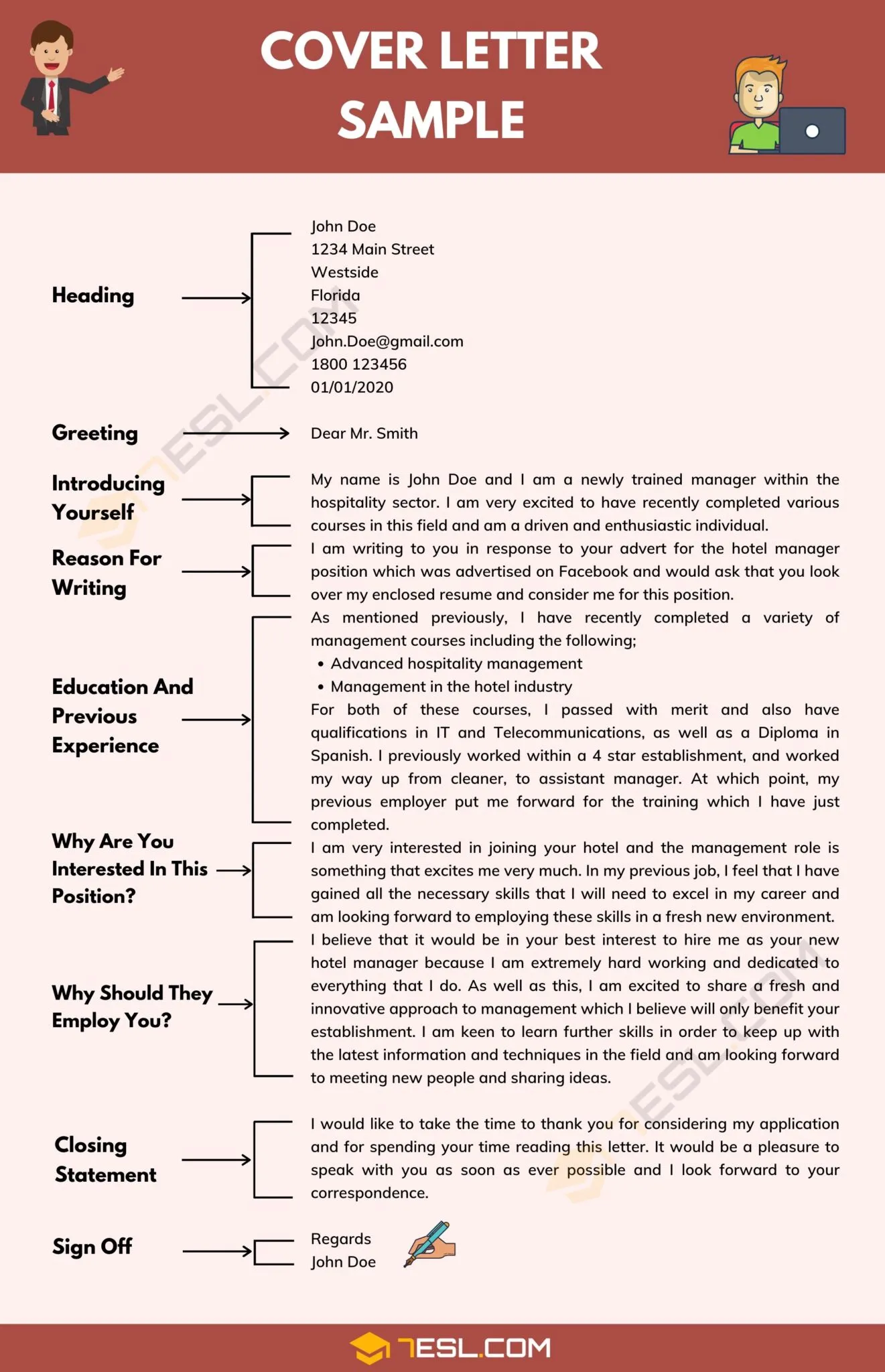
For experienced professionals, focus on your achievements, leadership experience, and quantifiable results. Highlight your most significant accomplishments and how they align with the job requirements. Quantify your achievements with data and metrics. Showcase any awards or recognitions you have received. This is where your past successes will shine. This cover letter example should demonstrate how your experience adds value to the company.
Cover Letter Example for Specific Job Types
Different job types will require different approaches. For example, a cover letter for a creative role might emphasize your portfolio, while a cover letter for a technical role might highlight your technical skills. Tailor your letter to the specific role and company requirements. Adapt your letter based on the needs of the role and the company’s values. Tailoring is important for various industries.
Common Mistakes to Avoid in Your Cover Letter Example
Avoiding common mistakes is essential for creating an effective cover letter. These mistakes can undermine your application and prevent you from getting an interview. By being aware of these issues, you can create a document that effectively represents your skills and qualifications. Understanding these common errors can help you improve the quality of your cover letter.
Typos and Grammatical Errors
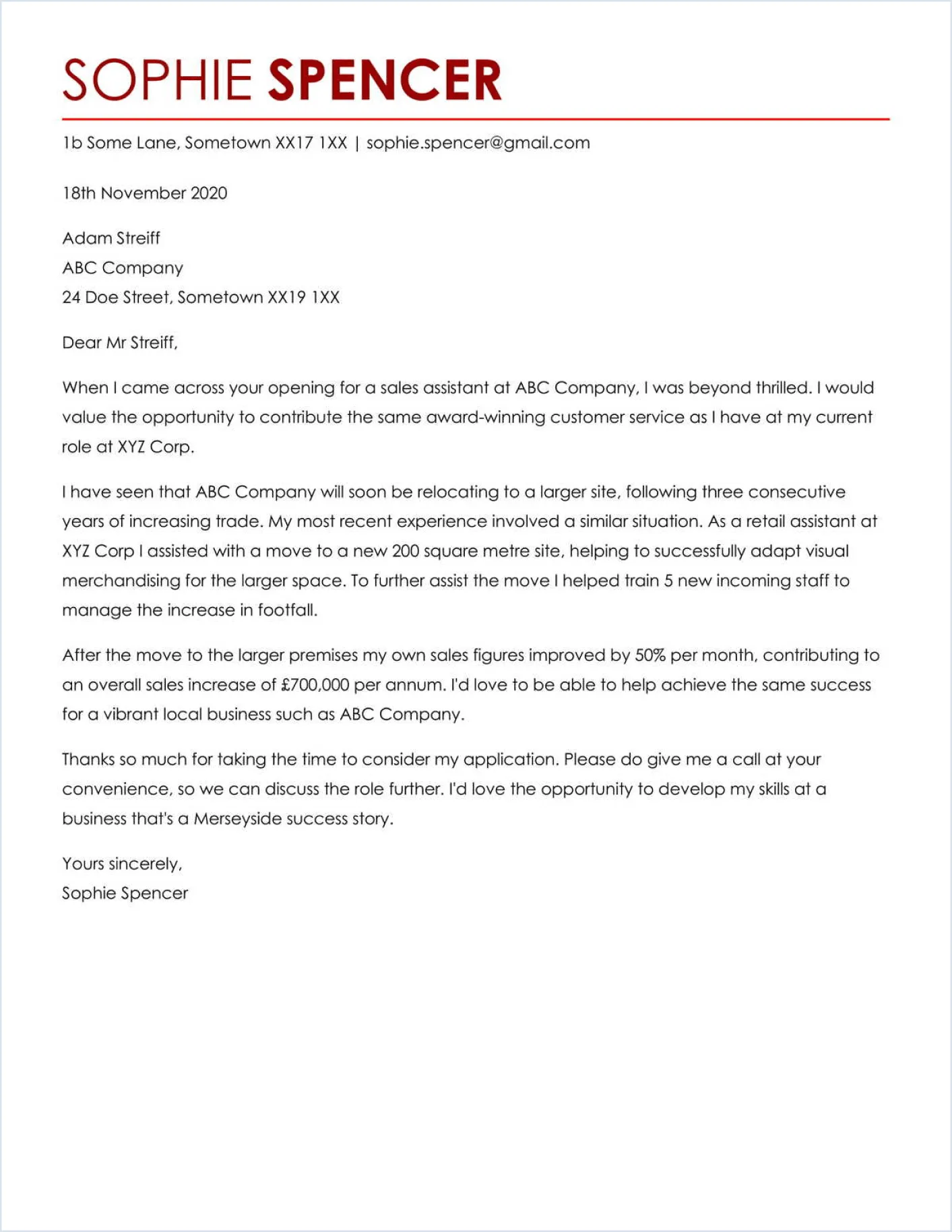
Proofread your cover letter carefully for any typos or grammatical errors. Errors can make you appear unprofessional and may lead the hiring manager to assume that you lack attention to detail. Always use a spell checker and have a friend or colleague review your letter. Make sure to proofread multiple times and even read it aloud.
Generic Cover Letters
Avoid using a generic cover letter that could be sent to any employer. Customize each letter to the specific job and company. Generic letters show a lack of genuine interest. Tailor your letter to reflect that you have researched the company and understand the role’s requirements. Generic content shows you lack care and attention to detail.
Ignoring the Job Description
Always refer to the job description when writing your cover letter. Address the specific requirements, skills, and qualifications mentioned. Tailor your letter to highlight how your skills and experience align with what the employer is looking for. Ensure you use the keywords from the job posting. Make it easy for the hiring manager to see you are a perfect fit.
Length and Format of Your Cover Letter Example
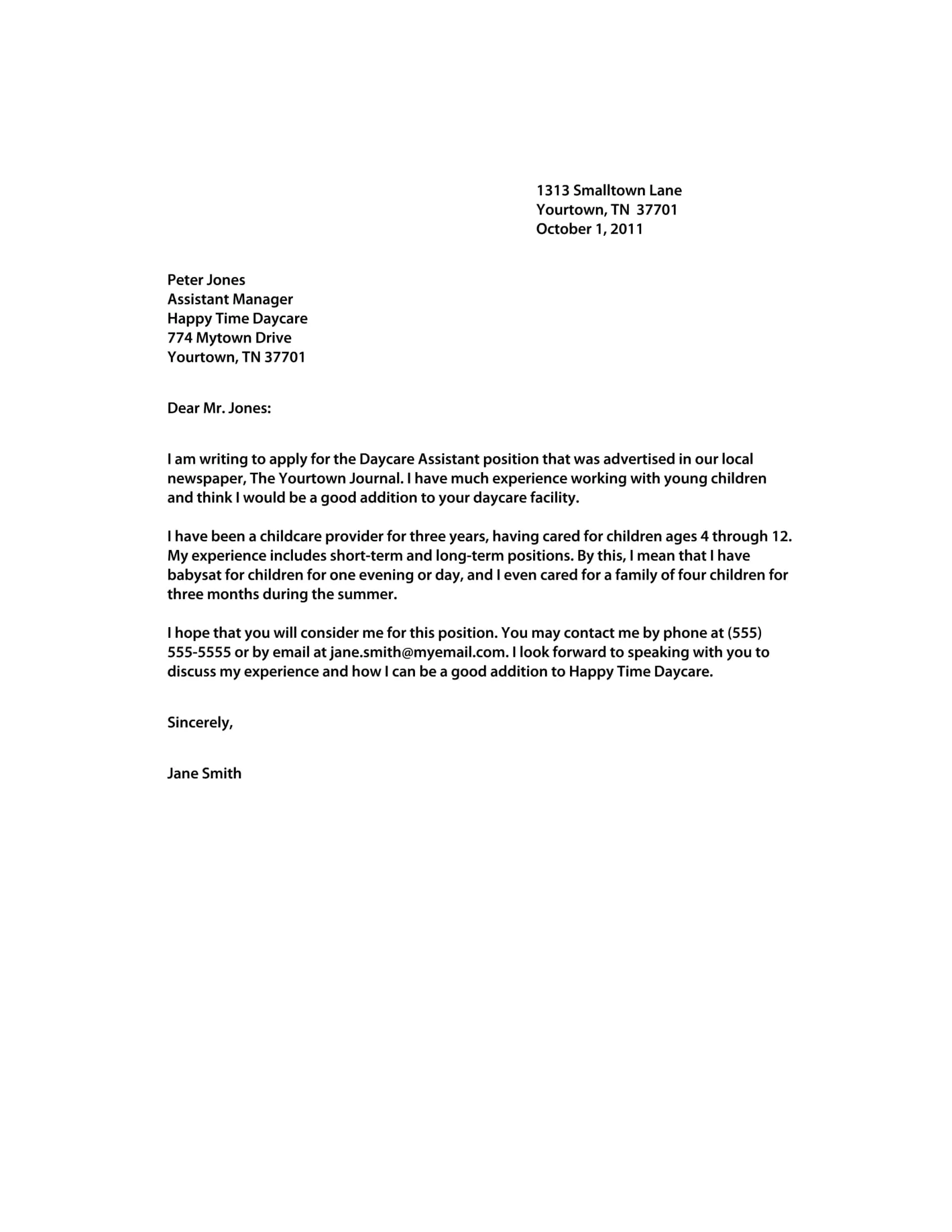
The length and format of your cover letter are crucial for creating a professional and readable document. The best cover letter example will follow specific guidelines. Understanding the correct length and format can enhance your application.
Cover Letter Length Guidelines
Keep your cover letter concise and to the point. Aim for a length of one page. Avoid including unnecessary details. Focus on the most relevant information and skills. Ensure every word matters and use only the most important and impactful information.
Formatting Your Cover Letter
Use a professional font, such as Times New Roman, Arial, or Calibri, and ensure your letter is well-formatted. Use single spacing and one-inch margins. Break up your text with clear paragraphs and bullet points where appropriate. Make your letter visually appealing and easy to read. Good formatting enhances readability and professionalism.
Proofreading and Editing Your Cover Letter Example
Proofreading and editing are essential steps for producing a polished cover letter. This ensures the accuracy and professionalism of your application. Taking the time to review and refine your cover letter is key to securing an interview. This is the final step before sending your cover letter.
